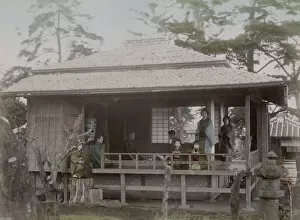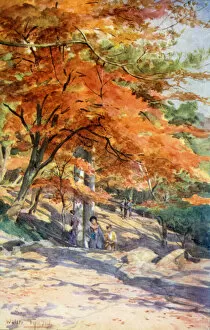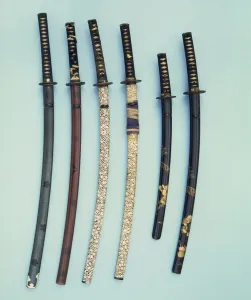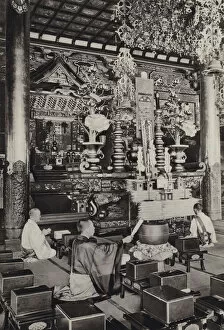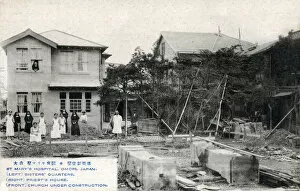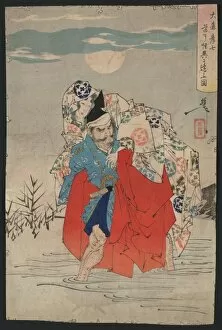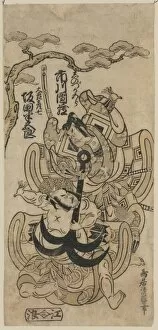Omori Collection
Omori, a place of rich history and cultural significance, has left its mark in various aspects
All Professionally Made to Order for Quick Shipping
Omori, a place of rich history and cultural significance, has left its mark in various aspects. From the devastating San Francisco earthquake of 1906 to the serene tea houses where geishas gracefully entertain guests, Omori's influence is undeniable. The seismograph reading taken from the Omori Horizontal pendulum at Birmingham vividly portrays the severity of tremors during that fateful earthquake. It serves as a reminder of nature's power and our vulnerability. In Ikegami near Omori, Japan, geishas enchant visitors with their elegant performances in traditional tea houses. The delicate artistry and grace they exhibit are a testament to the refined culture that thrives within these walls. A vibrant litho captures the beauty of maples at Omori, near Tokyo. The colorful foliage paints a picturesque scene that epitomizes autumnal charm in Japan. Ancient weaponry also bears the name "Omori. " A Daisho from the 17th century and Katana blades crafted by Omori Eishu circa 1400 showcase exceptional craftsmanship passed down through generations. These artifacts tell tales of warriors who once wielded them with honor and skill. Ikegami Temple stands as an iconic Buddhist sanctuary nestled within Omori's embrace. A black-and-white photograph from the 1920s transports us back in time to witness spiritual devotion amidst tranquil surroundings. The intricate Sword Guard (Tsuba) created by Omori Hidenaga exemplifies Japanese metalwork mastery dating back to the 18th century. Its exquisite design reflects both functionality and artistic expression. St Marys Hospital holds its ground as an essential healthcare institution serving residents of Omori, Japan. It stands tall as a symbol of compassion and healing within this community. Buddhist priests engage in sacred rituals at Ikegami Temple, offering solace and guidance to those seeking enlightenment since ancient times. Underwood & Underwood captured this moment in 1904, immortalizing the spiritual essence of Omori.


